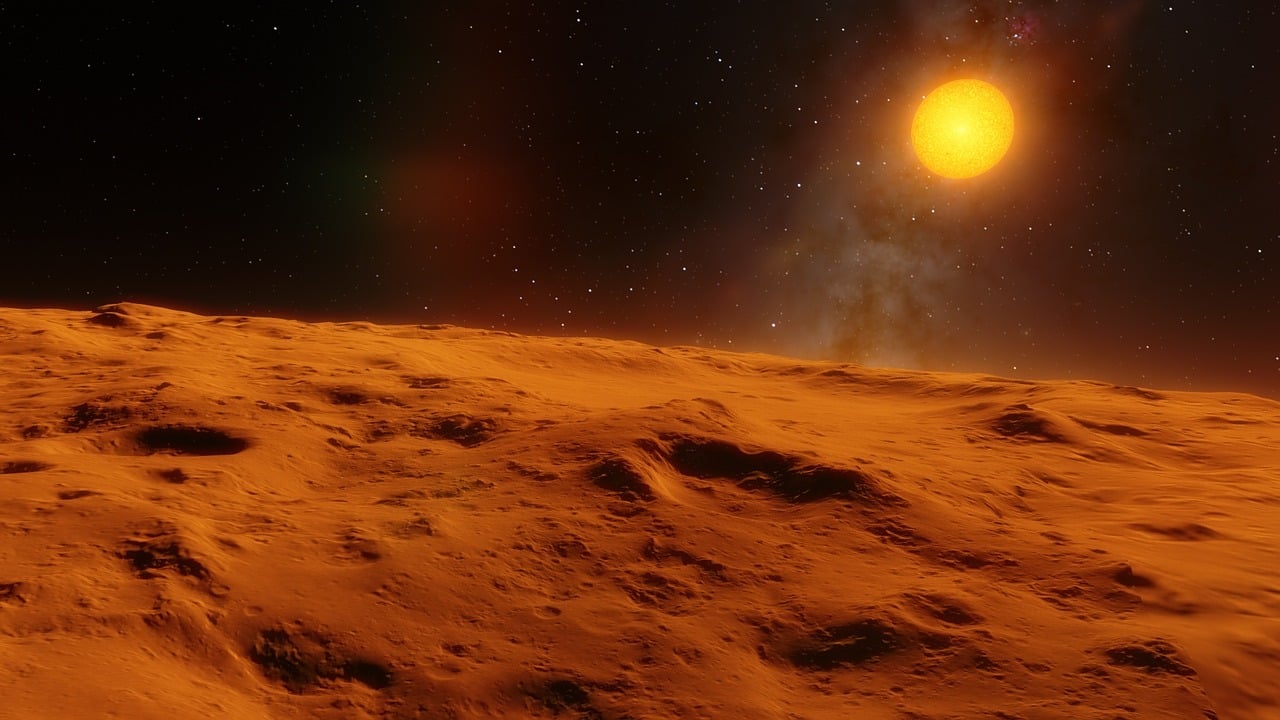Great Chance to Spot Planet Mercury

If there ever was a planet that has gotten an unfair reputation for its inability to be readily observed it would have to be Mercury, known in some circles as the "elusive planet."
Often cited as the most difficult of the five brightest naked-eye planets to see, because it's the planet closest to the Sun, Mercury never strays too far from the Sun's vicinity in our sky.
Mercury is called an "inferior planet" because its orbit is nearer to the Sun than the Earth's. Therefore, it always appears from our vantagepoint to be in the same general direction as the Sun. Thus relatively few people have set eyes on it; there is even a rumor that the great Polish astronomer, Copernicus, never saw it. Yet it's not really hard to see. You simply must know when and where to look, and find a clear horizon.
And during these next two weeks we will be presented with an excellent opportunity to view Mercury in the early morning dawn sky [map].
In fact, if you've been an early riser this past week, it's quite possible you might have stumbled across Mercury on your own. Since Nov. 20, it has been rising at least 90 minutes before sunrise, which is also just about the same time that morning twilight is beginning. If you scan low along the east-southeast horizon about 45 minutes before sunrise, Mercury has been visible as a distinctly bright, yellowish-orange "star."
The best views of Mercury, however, are reserved for this weekend, as Mercury will be rising more than 100 minutes before the Sun. This is even before the break of dawn, so for a short while at least, Mercury will be visible against a completely dark sky.
Its greatest western elongation-or greatest angular distance from the Sun in the sky-will come on the morning of Nov. 25, with Mercury standing a full 20-degrees from the Sun.
Breaking space news, the latest updates on rocket launches, skywatching events and more!
Mercury, like Venus, appears to go through phases like the Moon. Soon after it moved into the morning sky, Mercury was just a skinny crescent. Currently, it's appears roughly half-illuminated and the amount of its surface illuminated by the Sun will continue to increase in the days to come. So although it will begin to turn back toward the Sun's vicinity after Nov. 25, it will brighten a bit more, which should help keep it in easy view over the next couple of weeks.
By month's end, Mercury will have increased in brightness to magnitude -0.6. On this astronomers scale, smaller numbers represent brighter objects and negative numbers are reserved for the brightest of all. Among the stars only Canopus and Sirius are brighter. And Mercury should still be relatively easy to find, low in the east-southeast sky about 45 minutes to an hour before sunrise.
In early December, Mercury will be joined by the planets Mars and Jupiter, resulting in an unusually tight gathering of the three planets on Dec. 10. On Friday, Dec. 1 SPACE.com will present a viewer's guide to this planetary trio.
- Images: Exploring Mercury
- Sky Calendar & Moon Phases
- 10 Steps to Rewarding Stargazing
- Astrophotography 101
- All About Mercury
Joe Rao serves as an instructor and guest lecturer at New York's Hayden Planetarium. He writes about astronomy for The New York Times and other publications, and

Joe Rao is Space.com's skywatching columnist, as well as a veteran meteorologist and eclipse chaser who also serves as an instructor and guest lecturer at New York's Hayden Planetarium. He writes about astronomy for Natural History magazine, Sky & Telescope and other publications. Joe is an 8-time Emmy-nominated meteorologist who served the Putnam Valley region of New York for over 21 years. You can find him on Twitter and YouTube tracking lunar and solar eclipses, meteor showers and more. To find out Joe's latest project, visit him on Twitter.
